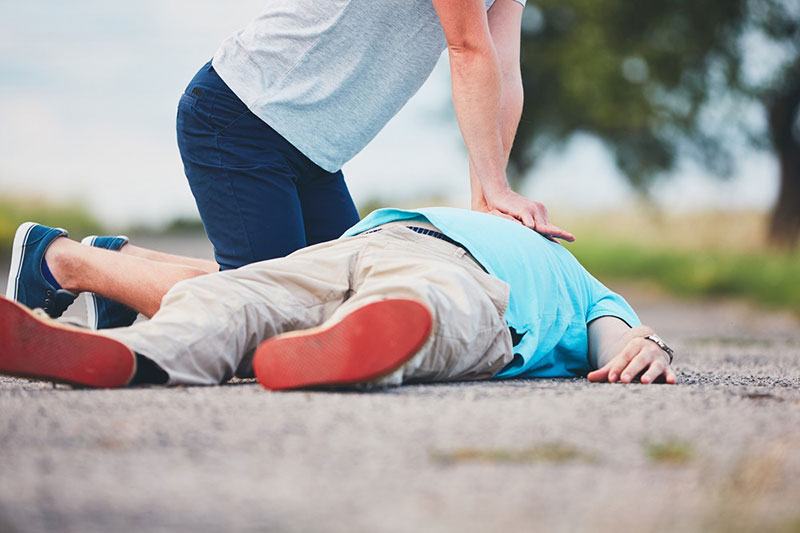Trends
Cardiac Arrest: Causes, Symptoms, Prevention and Treatment
Cardiac arrest stops heartbeat & prevents blood flow to the organs, and this can be fatal without immediate treatment. Learn about the Causes, Symptoms, Prevention and Treatment

Sudden cardiac arrest occurs when an electrical malfunction causes the heart to stop beating. It prevents blood flow to the organs, and this can be fatal without immediate treatment.
Sudden cardiac arrest isn’t the same as a heart attack when blood flow to a part of the heart is blocked. However, a heart attack can sometimes trigger an electrical disturbance that leads to sudden cardiac arrest.
The rate at which people are dying as a result of cardiac arrest is quite alarming, so in this article, we will look at what happens during sudden cardiac arrest, including the signs and symptoms and what to do next. We also explore treatments, survival rates, and risk factors.
Causes of Cardiac arrest
Cardiac arrests result from ventricular fibrillation, a type of arrhythmia. Ventricular fibrillation causes the heart’s lower chambers to beat abnormally, preventing the heart from pumping blood to the rest of the body
Health conditions also lead to sudden cardiac arrest
*Enlarged heart
*Heart Attack
*Electrical problem in the heart
*Inherited heart conditions, such as long QT syndrome
*The use of stimulant drugs, such as amphetamines
Risk factors of Cardiac arrest
- A family history of coronary artery disease
- Smoking
- High blood pressure
- High blood cholesterol
- Obesity
- Diabetes
- An inactive lifestyle
Read about the 4 substances you must avoid if you don’t want to die of cardiac arrest.
Symptoms of Cardiac arrest
Signs of sudden cardiac arrest are immediate and drastic and include:
- Sudden collapse
- No pulse
- No breathing
- Loss of consciousness
However, before the sudden cardiac arrest, some people may experience these symptoms
- Dizziness
- A racing heartbeat
- Chest pain
- Shortness of breath
- Nausea, with or without vomiting
Preventions of Cardiac arrest
Prevention of cardiac arrest includes having a healthful diet, exercising regularly, and not smoking. Having a moderate weight is also important.
People with a higher risk of cardiac arrests, such as people with heart disease, may also require medications to prevent or reduce their risk. A doctor may prescribe drugs that lower blood pressure or statins to reduce cholesterol.
Those who have experienced cardiac arrest before can reduce the risk going forward by having an ICD implanted and closely following their treatment plan.
Meanwhile, research has it that taking Vitamin C every day can reduce the risk of heart failure.
Treatment of Cardiac Arrest
Cardiac arrest can be treated through the following
- Defibrillation is the use of an electric shock through the chest wall to correct the VF. It is carried out using a machine called a defibrillator.
- CPR– This is a combination of rescue breathing and chest compressions, If the person isn’t breathing normally, begin CPR. Push hard and fast on the person’s chest — at the rate of 100 to 120 compressions a minute. By knowing and performing CPR, you may save a life.
- Call 911 or emergency medical help. If you have immediate access to a telephone, call before beginning CPR.
